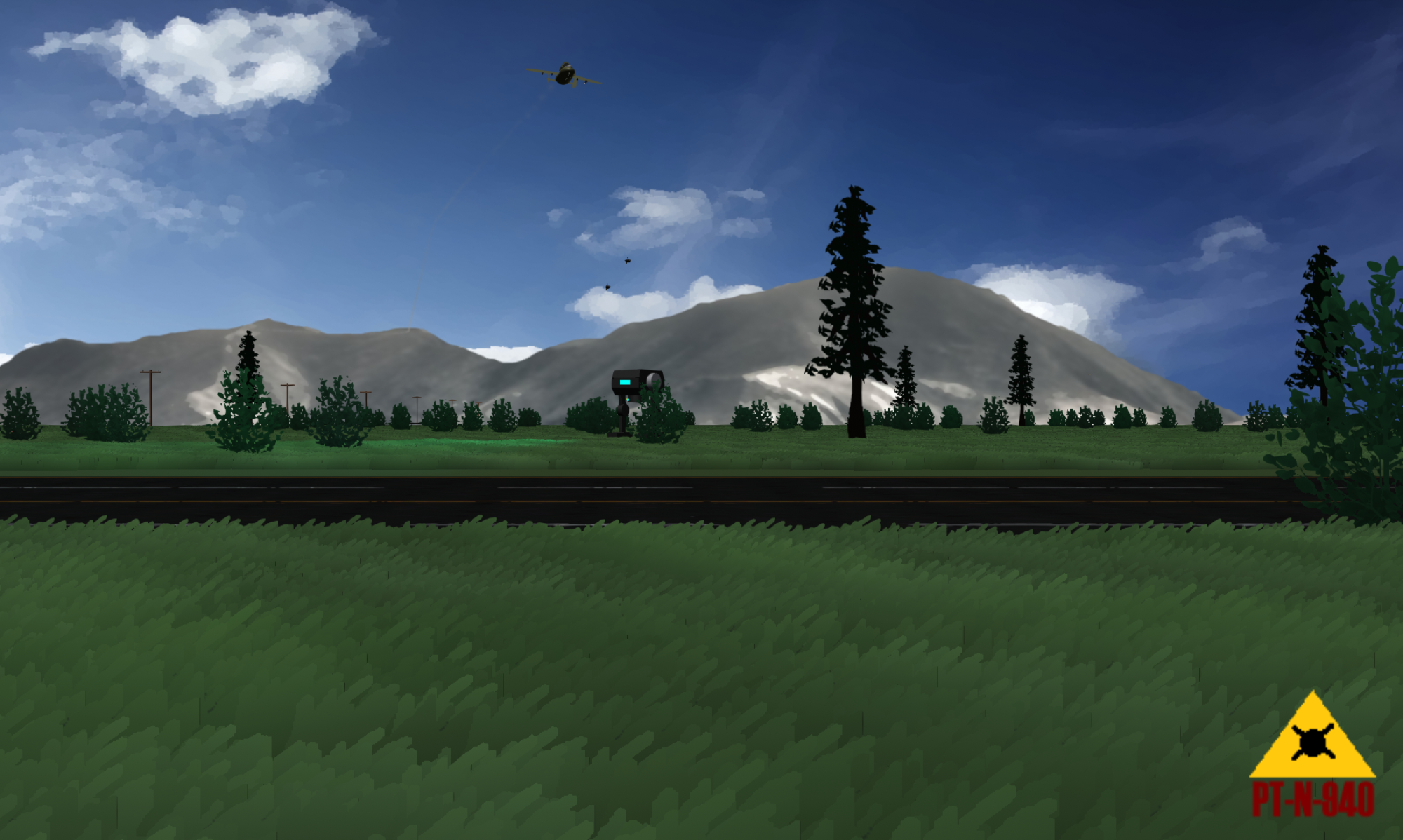Hello again! It has been a while… As the push towards completion continues, I would like to give you all another update!
Previously, we talked about the roles of artillery and radio communications. Now, we will look a bit higher in the sky.
Calling in Air Support
Air support, like artillery, requires that your troops are equipped with a radio. To recap, radios are available in most units, in the form of a radioman or a vehicle.
The sky is the ultimate high ground. Unlike ground-based mortars, artillery, or even cruise missiles, aircraft can readjust their aim in real time. Simply point and click and wait for the plane to get there…
… and BOOM! The target is gone!
Aircraft Loadouts
Planes can carry a wide range of different armament. Let’s talk about some of these.
Most aircraft have an internal cannon. These are usually rapid-fire weapons, devastating against infantry and aircraft, but more disappointing in terms of penetrating power…
Some aircraft are able to equip rocket pods. Unlike the aircraft cannon, these externally mounted weapons usually fire slower projectiles and are harder to aim. While less effective versus moving targets, they pack a pretty hard punch.
A discussion on aircraft weapons can not be complete without mentioning the humble high-explosive bomb. “Dumb” bombs typically contain between 100-1000kg of explosive mass. As such, they are effective against a wide range of targets, ranging from infantry to tanks. Like unguided rockets, these are also hardpoint-mounted weapons.
I guess skill matters… huh.
Next up is the guided air-to-ground missile. These are launched by aircraft, and fly in to the target by radio, laser, or GPS guidance. Generally considered more accurate (and less prone to collateral damage) than the “dumb” bombs, these are useful for precision strikes, particularly on moving targets.
As of now, aviation is actively being worked on, so expect to hear more soon!


























